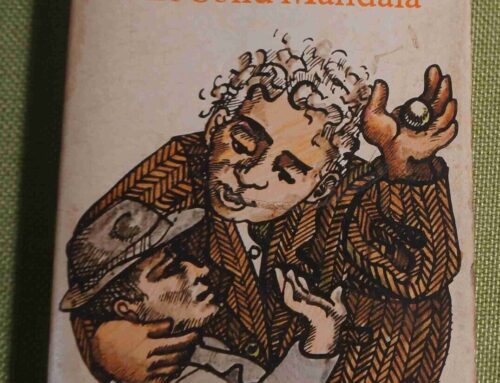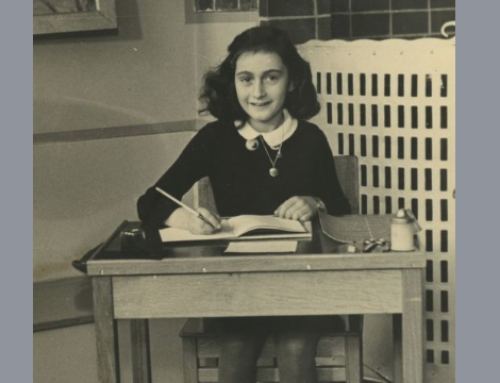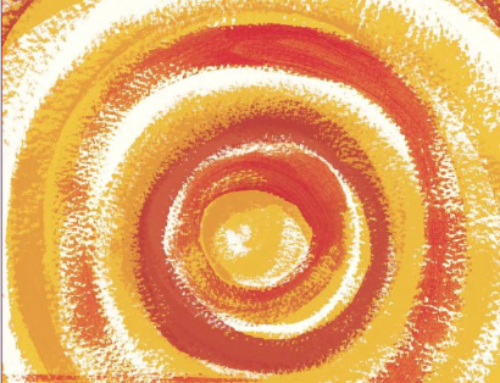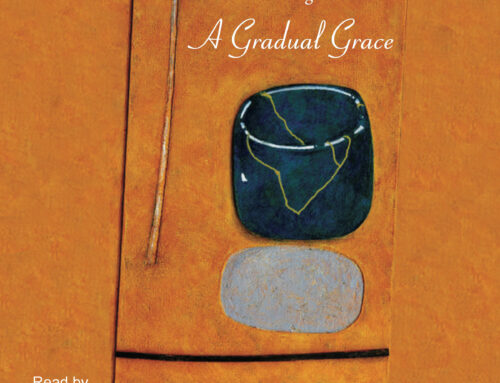At times I had my doubts about this book. At times I wanted to stop reading it. But I kept returning to it, and have just spent much of my day finishing it. Part of the reason I wanted to stop is that I found the descriptions of the trauma of lived-in houses, the filth, the decay, the waste, the claustrophobic pile-up of rubbish, faeces and more, overwhelming. I cannot imagine myself coping with such work, though I cleaned many houses for others when I was a struggling single parent. I found it almost unbelievable that a woman with Sandra Pankhurst’s health problems could put herself through these scenes every day, keep her equilibrium, her good humour, her compassion for the clients, and manage a team of several cleaners. All of whom she made wear protective gear, while she herself worked bare-handed, without a mask, in immaculate street clothes. I wondered if this was some kind of death wish on her part. Perhaps she subconsciously wanted to get mould spores on her crippled lungs.
Be that as it may, she was passionate about her work, cleaning up messes others had created, trying to restore some order to their lives so they could carry on living independently. All the time treating them as equals, winning their trust and persuading them to let go of the accumulated debris and unused, spoiled goods, food, and more.
The narrative is skilfully woven; after a brief introductory chapter, it takes us into the house of Kim, who keeps pet rats. The rooms in the house are a tip, and the yard is strewn with trash and broken furniture. “Her house looks like the aftermath of a personalised earthquake visited by a vengeful god…”.
Stories like this, of people whose inner trauma has been externalised in their houses to the point where they hang onto the debris and are all but imprisoned by it, are woven with the extraordinary story of Sandra’s life. She was adopted at six weeks old by a couple who could not have their own son, it seemed. After five years, the mother had two sons of her own. Sandra was born a boy, named Peter, and perhaps because he was effeminate, and because he was not their natural child, they moved him out of the house into a shed in the backyard. His alcoholic father beat him, and he was not allowed inside the house after 4.30 pm. He was always hungry and stole what food he could from the pantry. Peter was exiled completely when he is 17. So how did this golden-haired young man who craved love, who desperately wanted to have a normal life, become Sandra?
Her story is told in fragments. There are many gaps in her memory, and Krasnostein describes her work in writing the story as trauma cleaning. With Sandra as an unreliable narrator, her storyteller gives us a picture of her life, not eliminating “what is bad or broken or lost”, but doing her best to “put everything in place … Order being the true opposite of trauma”.
Krasnostein put years of research into writing Sandra’s story and has created a biography that I found confronting, shocking, deeply moving and thought-provoking. There are moments towards the end that felt redemptive, but this feeling fades and shifts into an unresolved state of disconnection and frustrated expression of love for Sandra. Krasnostein’s writing of this book is her gift to Sandra and to us, the gift of saying to Sandra, “you exist in the Order of Things and the Family of People; you belong, you belong, you belong”.




